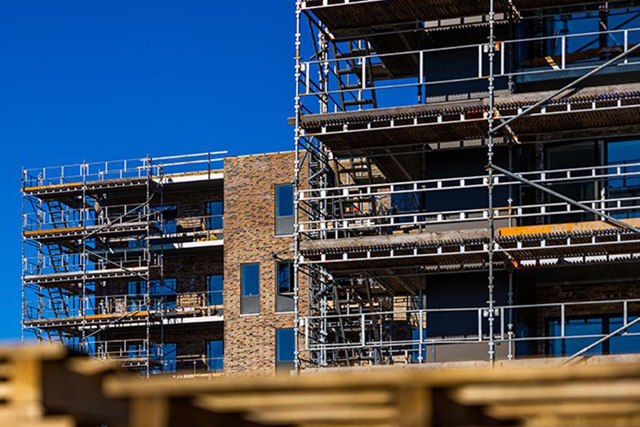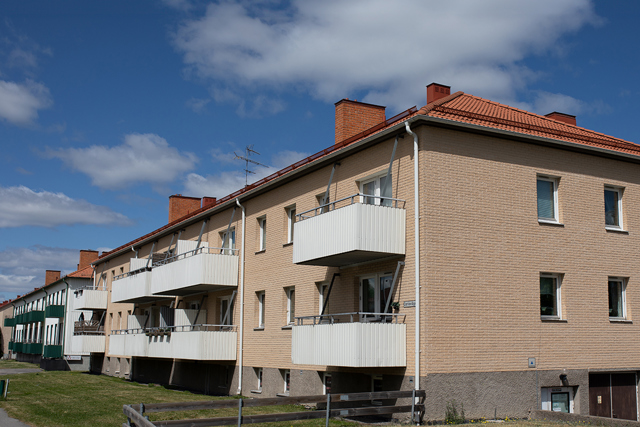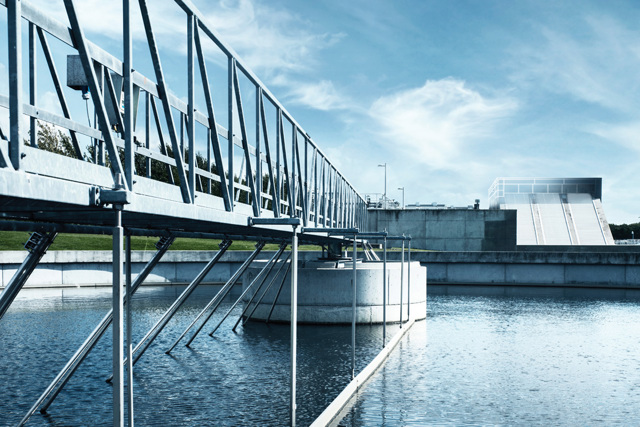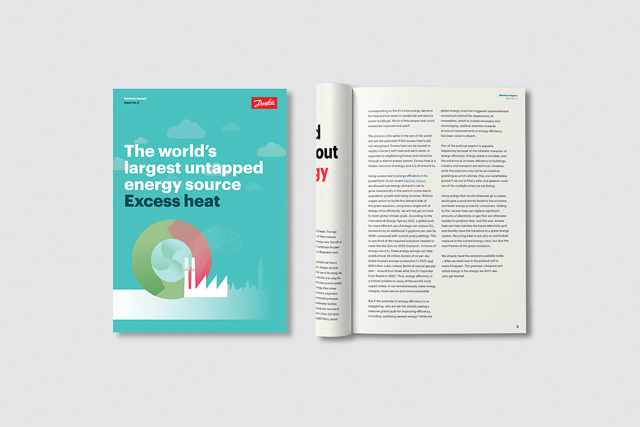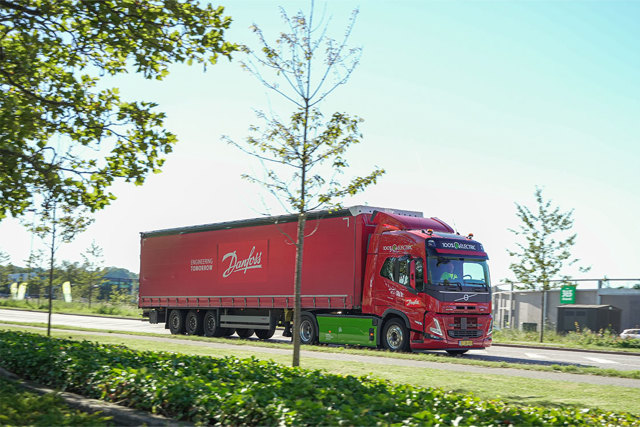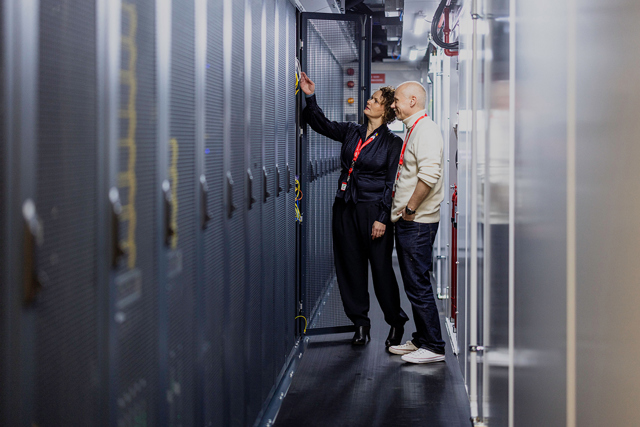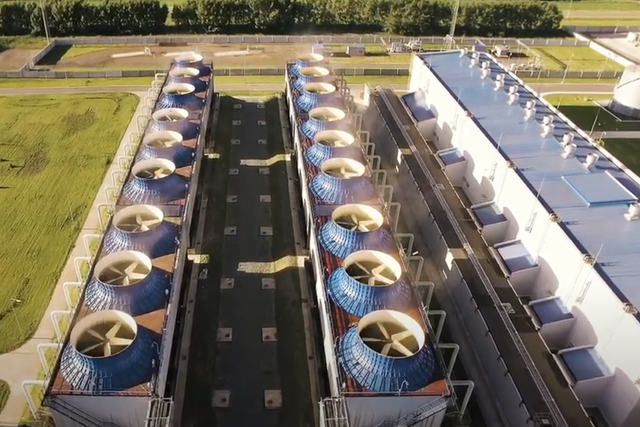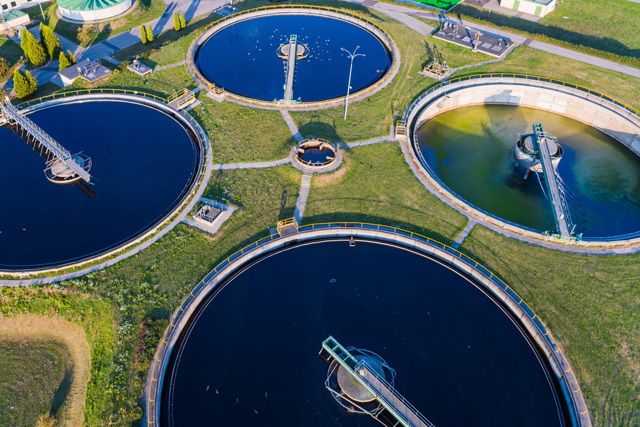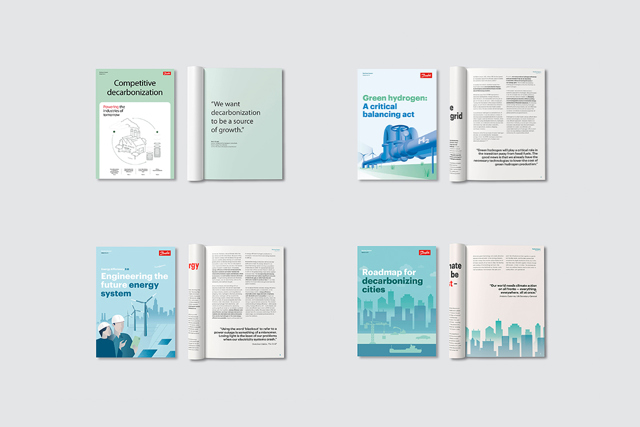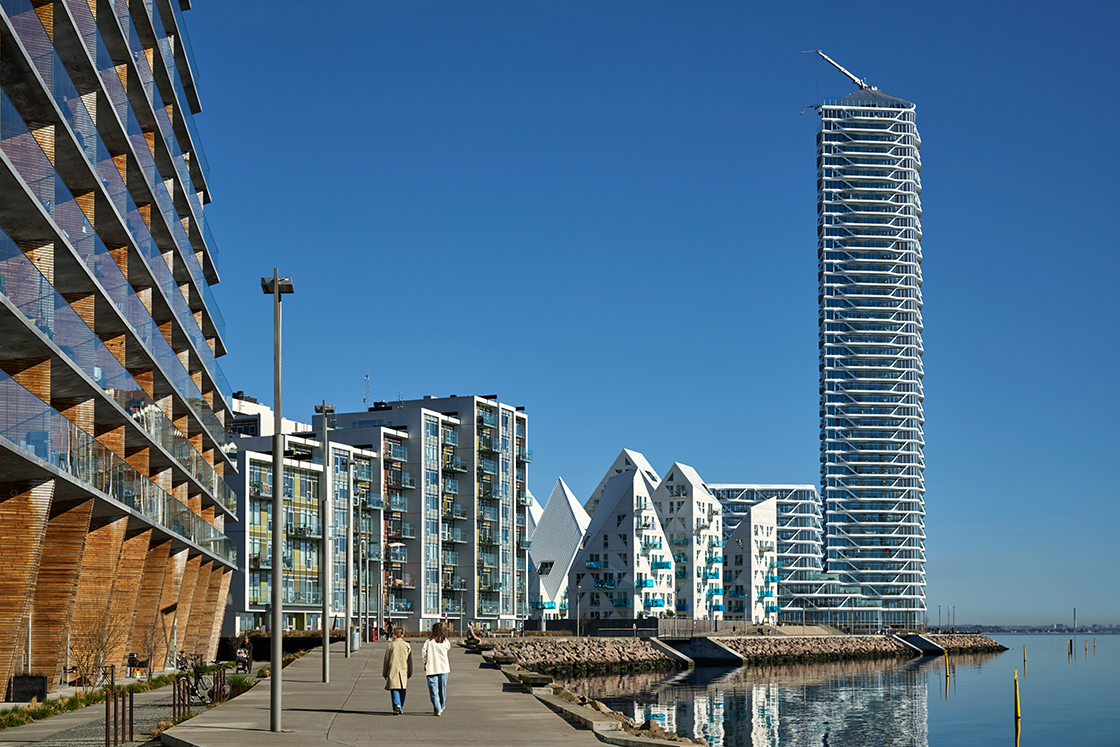
The battle against climate change will be won – or lost – in cities
While cities today occupy approximately only 2% of the total land, they are responsible for over 60% of energy consumption, 70% of greenhouse gas emissions, and 70% of global waste [1]. Urban decarbonization is thus essential for meeting climate goals, putting cities at the front lines in the battle against global climate change.
Skyscrapers, traffic jams, shopping malls, and air conditioners. It is not hard to see why cities account for two-thirds of global energy consumption and 70% of annual global carbon emissions [2]. With more than half of the world’s population living in cities today – a number expected to increase to almost 70% by 2050 [3] – we will not reach the goals of the Paris Agreement without a deep decarbonization of cities.
Fortunately, cities also offer some of the best possibilities to tackle the challenges of urbanization and accelerate the green transition. There are already cost-efficient technologies out there capable of cutting emissions across the most energy-intensive elements of our cities, such as buildings, transport, sanitation and waste management, and energy infrastructure.
Cities are where the effects of climate change come together, whilst simultaneously holding the power to have a big positive impact on emissions and energy use. It is, therefore, the UN Secretary General's states that in the next few years, the battle against climate change will be won – or lost – in cities. [4]
What is urbanization?
Urbanization has increased the demand for sustainable infrastructure, energy efficiency, and smart city solutions. Over the past few centuries – and particularly in recent decades – there has been a mass migration of populations from rural to urban areas [6]. This rapid growth of cities requires innovative approaches such as district heating and low-emission zones to ensure urban areas remain livable, efficient, and resilient in the face of environmental, social, and economic challenges.
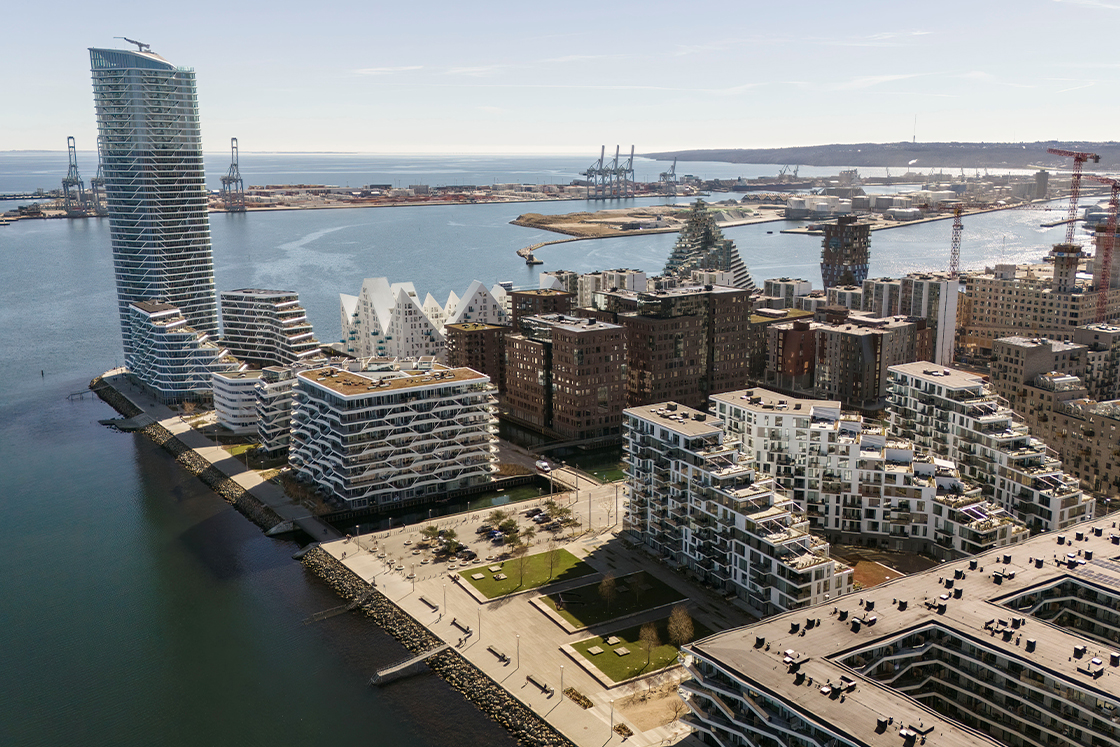
Why cities are well positioned to solve the climate crisis
The challenges presented by urbanization demand urgent action. Yet, cities themselves are the frontrunners in addressing these crises. Local governments are more agile and can often make decisions faster than national governments, allowing them to set more ambitious climate targets on shorter timelines. Cities drive the development of solutions; they host universities, think tanks, and companies, often making themselves available as testbeds for innovation. Cities also have the mandate to implement sustainable solutions in their own operations, infrastructure, and buildings, as well as in the city’s master planning. They can use local legislation and initiatives to drive faster adoption of sustainable solutions.
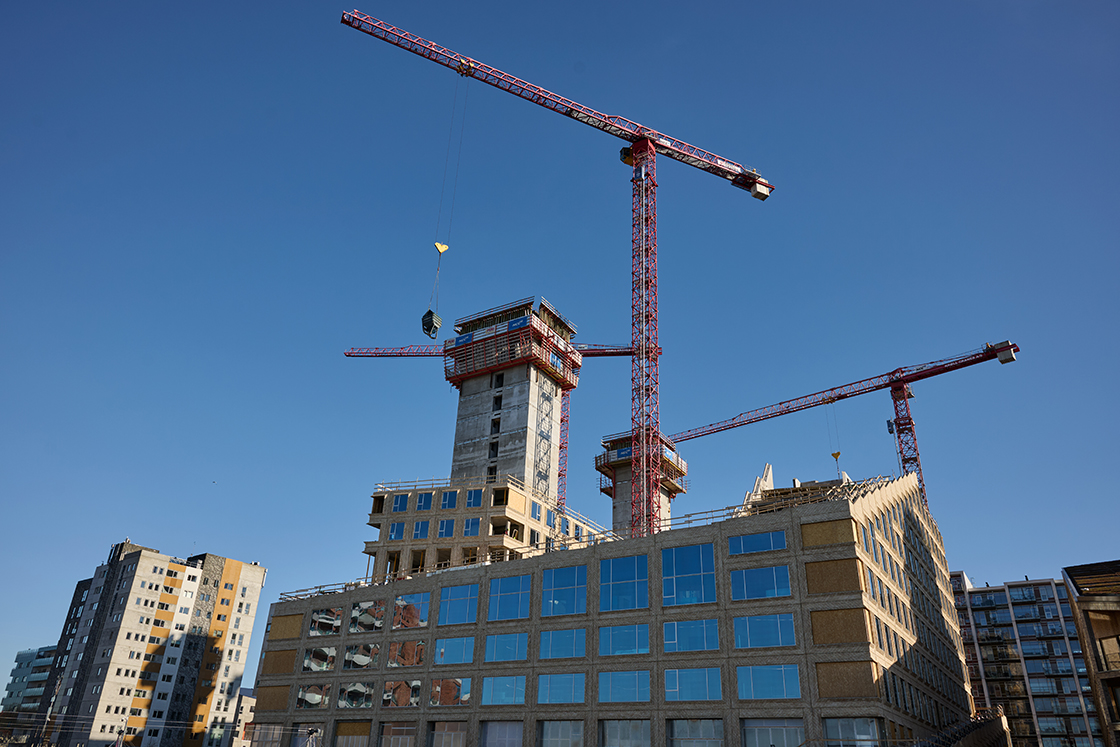
Decarbonizing buildings to address growing urban needs
As urbanization accelerates, cities are rapidly expanding, leading to increasing demand for housing, businesses, and other critical infrastructure. Consequently, with more buildings and infrastructure comes more energy, more pollution, and more waste. Already today, buildings are the second largest source of energy-related carbon emissions globally. In total, 26% of global energy-related emissions come from the operations of buildings [8], such as heating and cooling. As climate change progresses and temperatures rise, the demand for energy to heat and cool buildings is expected to increase, particularly the need for air conditioning during high temperatures and heat waves. Since 1990, energy consumption for space cooling has more than tripled [9]. Similarly, space and water heating account for almost half of energy use in buildings globally [10].
This situation is further compounded by global population growth and the corresponding expansion of buildings needed to house and service growing communities. To meet the goals of the Paris Agreement, the International Energy Agency (IEA) states that nearly 85% of buildings must become "zero-carbon-ready" by 2050, meaning they must be highly energy efficient and use decarbonized energy. This requires retrofitting most existing buildings by 2050 and ensuring all new buildings are built as zero-carbon-ready by 2030.
To achieve this, cities must focus on improving both new and existing buildings, introducing smarter energy systems, increasing the uptake of energy efficiency, and investing in more efficient infrastructure.
Fortunately, several existing technologies offer significant energy-saving potential for buildings. Simple measures like thermostatic radiator valves can save up to 7% of final energy in multi-family buildings with a one-year payback period. Hydronic balancing systems can reduce energy use by up to 10% in multi-family buildings. More advanced solutions like model predictive controls driven by artificial intelligence have been shown to reduce heating and ventilation energy consumption by over 7% and 10%, respectively. At the same time, heat pumps can operate using only one-third of the electricity required by traditional electric heating equipment. The IEA estimates that heat pumps have the potential to reduce global CO2 emissions by at least 500 million tons by 2030, equivalent to the annual CO2 emissions of all cars in Europe today.
Examples of building decarbonization
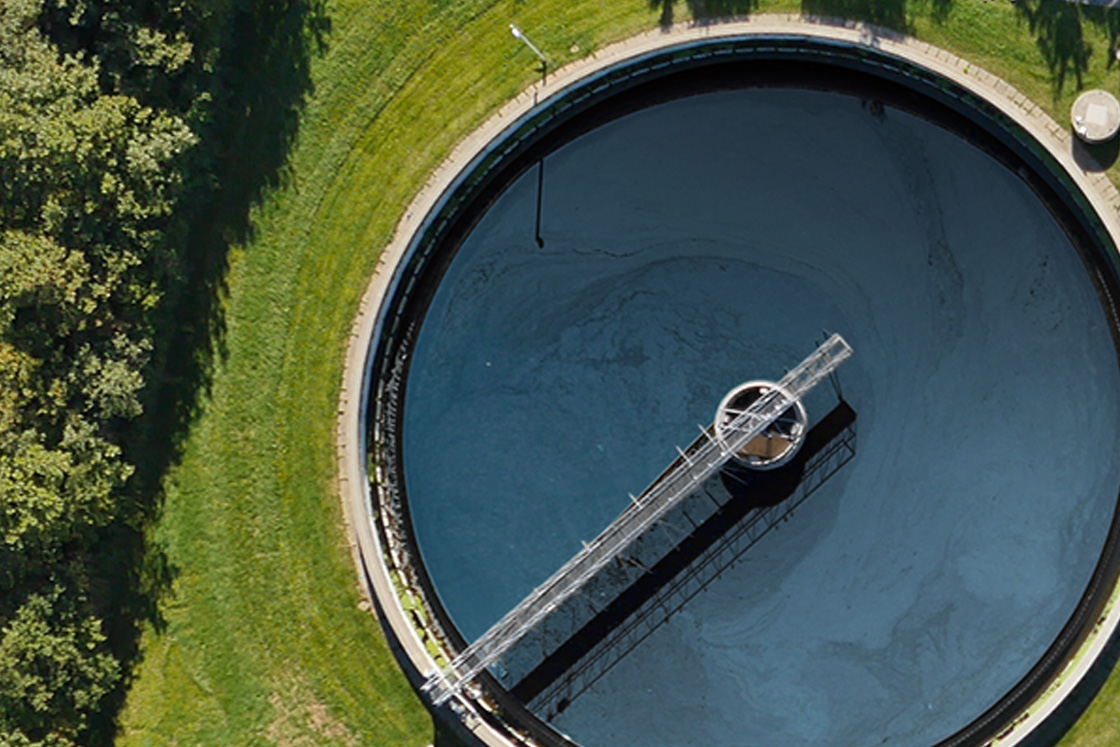
Decarbonizing urban energy systems through sector integration
The ever-expanding cities of the world put pressure on the available resources, such as drinking water and food supply, and on the electricity grid providing these resources. Smart energy management in cities will be crucial in the context of ongoing urbanization.
Urban areas possess significant untapped potential for decarbonization through the integration of sectors that generate excess heat (also referred to as ‘waste heat’). According to research, available excess heat nearly matches the entire energy demand for heat and hot water in residential and service buildings. This excess comes from sources already present in most cities, including wastewater facilities, data centers, and supermarkets.
Increased traffic, industrial activity, construction, and other primarily fossil-fuel-driven industrial activities in cities need to be electrified or made more energy efficient in order to use less electricity. This will improve air quality and pressure on the grid. Water access and pollution are also significant issues in many cities around the world. In fact, by 2050, 1.7-2.4 billion people living in urban areas will face water scarcity [11]. Next to climate adaption measures, many of these compounding issues can be addressed by keeping potential connection-opportunities in mind in the city’s master planning.
Sector integration maximizes efficiency by optimizing different energy sectors through smart urban planning and district energy networks. The IEA indicates that doubling green sources in district heating by 2030 could reduce emissions from heat generation by more than one-third. District cooling systems use half the energy of traditional air conditioners, with cities like Dubai, Paris, and Copenhagen demonstrating their efficiency. Meanwhile, data centers and wastewater facilities offer major recovery opportunities – Frankfurt estimates data center waste heat could cover the city's entire residential demand by 2030, while Denmark's Marselisborg plant produces nearly double the energy it needs, powering the water cycle for 200,000 people. Optimizing these potentials requires strategic planning from municipalities, businesses, and citizens alike.
Effective solutions in building sustainable cities
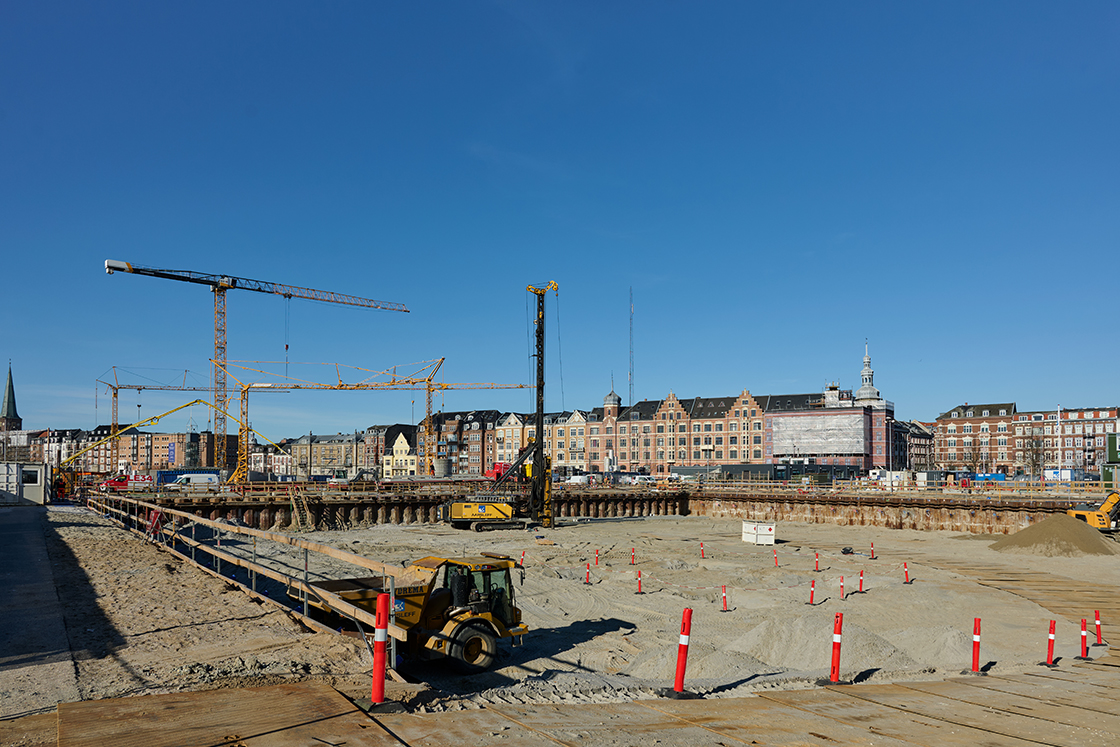
Decarbonizing transport: Metro, trucks, and construction
Transportation is a major contributor to urban carbon emissions. In major cities, transportation generates 33% of all greenhouse gas emissions, along with significant noise and air pollution that affects human health. Transportation also produces around half of global nitrogen oxide emissions, contributing to the premature deaths of 7 million people annually due to air pollution.
While electric passenger vehicles have seen exponential growth, heavy-duty vehicles lag significantly behind in electrification efforts. Trucks, city buses, and long-distance buses account for over 6% of total EU greenhouse gas emissions and more than 25% of emissions from road transport. In China, heavy-duty vehicles emit approximately half of the greenhouse gas emissions across all vehicle types. Electric buses represented only about 4.5% of all bus sales worldwide in 2022, indicating a significant gap in the electrification of public transportation that needs to be addressed to meet climate goals.
Construction machinery presents particular challenges for decarbonization, emitting approximately 400 million tons of CO2 annually worldwide—equivalent to emissions from international aviation—with excavators alone responsible for 50% of these emissions. In the context of ongoing urbanization, the use of these kinds of machines is omnipresent in the urban environment.
Converting excavators to electric power faces several obstacles: the need for extremely large batteries to match diesel productivity, limited charging infrastructure at work sites, and the substantial amount of green energy required to power an electrified excavator fleet globally. Energy-efficient technologies for excavators can immediately reduce diesel consumption while addressing electrification challenges. Cities need to set rules for low-emission construction practices that require electric or energy-efficient machinery to immediately reduce energy consumption, lower emissions, and drive a demand for electric machinery and transport.


